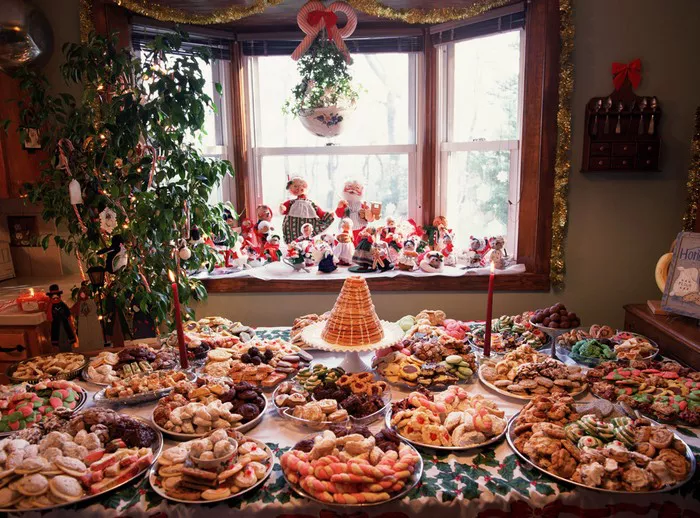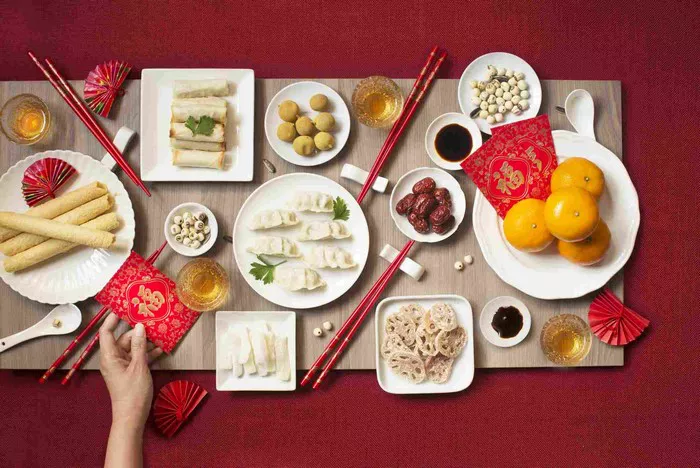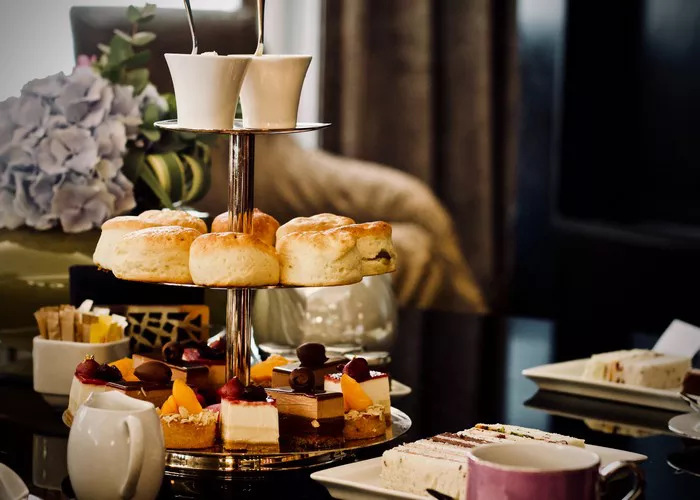The Yule log, an iconic symbol of the holiday season, has deep-rooted historical and cultural significance that spans centuries. This traditional centerpiece, typically associated with Christmas, carries with it a sense of warmth, comfort, and togetherness. In this comprehensive exploration, we will unwrap the history, symbolism, and diverse customs surrounding the Yule log, shedding light on its enduring role in our festive celebrations.
The Origins of the Yule Log
The Yule log’s origins can be traced back to ancient pagan traditions in Europe, where it was initially linked to the celebration of the winter solstice. Yule, which refers to the period around the winter solstice, was a significant event in many pre-Christian cultures. People would light large logs, often from oak trees, to mark the occasion and encourage the return of longer daylight hours.
These logs were traditionally burned over a period of several days, and it was believed that the Yule log’s flames held protective and purifying qualities. The ashes from the Yule log were sometimes scattered in fields to ensure a bountiful harvest in the coming year. With the spread of Christianity, the Yule log gradually became intertwined with Christmas celebrations.
The Yule Log in Christian Tradition
As Christianity gained prominence in Europe, many pagan customs and symbols were incorporated into Christian celebrations to ease the transition and promote conversion. The Yule log, with its association with light and warmth during the darkest days of winter, was one such symbol. It began to take on new meaning within the context of the Christmas holiday.
For Christians, the Yule log came to symbolize the light of Christ and the hope brought into the world with his birth. It was often decorated with greenery, holly, and other festive elements, and the lighting of the Yule log was accompanied by prayers and carols. The tradition of burning the Yule log on Christmas Eve or Christmas Day continued to evolve, with variations emerging in different regions of Europe.
Types of Yule Logs
Over time, various types of Yule logs emerged, each with its own customs and variations. Here are some notable examples:
a. The Classic Yule Log: This traditional Yule log is typically a large, well-seasoned piece of wood, often from an oak tree. It is carefully selected, decorated, and ceremoniously burned in the hearth.
b. Chocolate Yule Log: In France and other parts of Europe, a chocolate Yule log, known as “bûche de Noël,” has become a popular dessert during the Christmas season. It is a sponge cake rolled and shaped to resemble a log, often covered in chocolate buttercream and adorned with festive decorations.
c. Yule Log Candles: Some households opt for Yule log-shaped candles instead of burning an actual log. These candles are often placed on the dinner table or in windows as a decorative element.
d. Modern Interpretations: In contemporary times, people have embraced creative and artistic interpretations of the Yule log, crafting everything from edible Yule log cakes to Yule log-inspired decorations and ornaments.
Yule Log Rituals and Superstitions
The burning of the Yule log has been accompanied by various rituals and superstitions throughout history. In some regions, it was believed that the log should be lit with a piece of the previous year’s Yule log to ensure continuity and good luck. Others thought that the ashes from the Yule log could protect the home from evil spirits or bring blessings for the upcoming year.
Additionally, there were customs related to the selection and preparation of the Yule log. For example, it was considered essential to cut the log on the homeowner’s own land, and the log was often chosen based on its size and appearance, with special attention paid to knots and markings. In some areas, the ashes from the Yule log were collected and kept in the home to safeguard against misfortune.
Yule Log Traditions Around the World
Yule log traditions have evolved differently in various parts of the world, reflecting cultural diversity and regional customs. Here are a few notable Yule log traditions from different countries:
a. France: As mentioned earlier, the French celebrate with the “bûche de Noël,” a delicious Yule log-shaped cake made of sponge cake, buttercream, and often decorated with marzipan mushrooms and other edible ornaments.
b. England: In England, it was customary to save a part of the Yule log to light the following year’s log. This practice, known as “the Christmas brand,” ensured that the hearth fire would never go out.
c. Scotland: In Scotland, a large log called the “Yule Clog” was burned in the hearth. The remnants of the Yule Clog were kept to kindle the next year’s fire, symbolizing the continuity of the family.
d. Catalonia: In this region of Spain, a unique tradition known as the “Caga Tió” involves decorating a wooden log with a painted face and placing it in the home. On Christmas Eve, children “beat” the log with sticks to reveal small gifts hidden inside, symbolizing good luck and abundance.
e. Sweden: The Swedish tradition of the “Yule Goat” involves constructing a large goat made of straw, which is sometimes accompanied by a Yule log. The Yule Goat is considered a symbol of the Christmas season and is often incorporated into holiday decorations.
Modern Celebrations and Decorations
In contemporary times, the Yule log continues to hold a special place in the hearts of those who celebrate Christmas. While the practice of burning a log in the hearth has waned with the advent of central heating, the Yule log lives on in various forms.
Many families and individuals incorporate Yule log-inspired decorations into their holiday displays. Decorative Yule log ornaments, candles, and even Yule log-shaped desserts have become popular ways to pay homage to this age-old tradition. Additionally, Yule log-themed events and gatherings often feature festive desserts and decorations, creating a sense of nostalgia and connection to the past.
Conclusion: Keeping the Yule Log Tradition Alive
The Yule log, with its deep-rooted history and rich symbolism, continues to evoke the spirit of the holiday season. Whether celebrated with a traditional burning log, a Yule log cake, or a decorative ornament, this cherished tradition serves as a reminder of the enduring magic and warmth of Christmas.

























